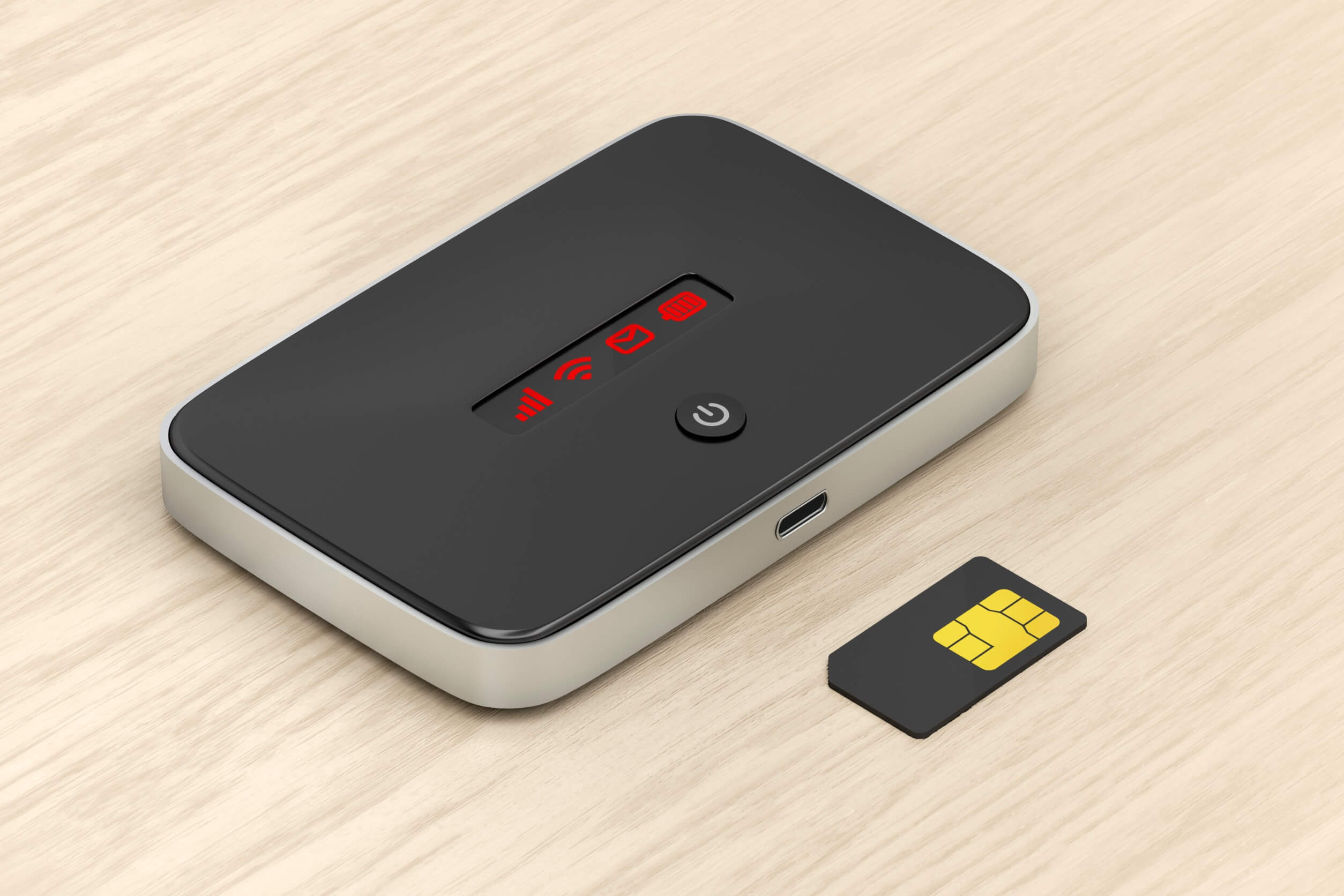Mobile BroadBand
Mobile broadband is a type of high-speed internet connection that uses a cellular network to transmit data. It is a wireless technology that allows users to access the internet on their mobile devices, such as smartphones, tablets, and laptops, without being tethered to a physical connection like a cable or DSL line. Mobile broadband is often used as an alternative to traditional broadband internet in areas where wired connections are unavailable or unreliable, such as rural areas or in buildings with poor reception or for mobility applications.
Mobile broadband can be a good option for a variety of different use cases. Some common examples include:
People who need to access the internet while on the move, such as travelers or commuters
Students or professionals who need to access the internet from a variety of locations, such as a campus or coworking space
Businesses that need to provide internet access to employees who are working remotely or in the field
People who live in rural or remote areas where other types of broadband services are not available
People who want a flexible and convenient way to access the internet, but do not need a high-speed or always-on connection
Overall, mobile broadband can be a useful tool for people who need to access the internet from a variety of locations and who want the flexibility and convenience of using a mobile device.
Overall, mobile broadband can be a useful tool for people who need to access the internet from a variety of locations and who want the flexibility and convenience of using a mobile device.
SD-WAN Wireless Failover
It is possible to use mobile broadband wireless internet as a failover option in a software-defined wide area network (SD-WAN) setup. The SD-WAN network would be configured to automatically switch to the mobile broadband wireless connection in the event of a failure or interruption of the primary WAN connection.
Using mobile wireless failover option can provide several benefits. For example, it can help to ensure the availability and reliability of critical applications and services, even if there is an issue with the primary WAN connection. It can also provide an additional layer of redundancy, which can help to protect against outages and other disruptions.
In terms of implementation, the mobile wireless connection would need to be set up and configured as part of the overall SD-WAN network. This would typically involve installing a SIM card to access mobile broadband wireless network at the customer’s location and establishing a connection to a mobile network operator. The SD-WAN network would then be configured to use the mobile wireless connection as a backup option, and the failover rules would be established to determine when and how the switch to the mobile broadband connection would occur.
Overall, using mobile broadband solution as a failover option in an SD-WAN network can help to improve the continuity and reliability of wide area network connections, and can provide added redundancy to protect against outages and other disruptions.
If you are a managed services provider (MSP), AireSpring Wireless can enable all the fundamental connectivity requirements for SD-WAN Mobile Broadband Failover.
MIFI
A MiFi device, also known as a mobile hotspot, is a small portable device that creates a wireless internet connection and allows multiple devices to connect to it and access the internet. MiFi devices use cellular data networks to provide internet access and are typically equipped with a SIM card that allows them to connect to a cellular network provided by a mobile service provider.
MiFi devices are convenient because they allow users to access the internet from any location where there is a cellular signal, without the need for a traditional wired internet connection. They are often used by individuals or small groups of people who need internet access while traveling or working remotely, or by businesses as a way to provide internet access for employees working in the field or at temporary locations. MiFi devices are portable and easy to use and can be carried in a pocket or bag and activated as needed.
AireSpring’s infrastructure and connectivity partners can help you launch your own Mi-Fi solutions. We provide the connectivity bundles that will integrate into the hotspot device. The device must be compatible with MNO IMEI requirements.
Fixed Wireless or Primary
Mobile Cellular Primary Internet refers to a situation in which a device or network uses a mobile cellular connection as its primary source of internet access. This means that the device or network relies on a mobile cellular data plan or service provided by a mobile service provider to connect to the internet, rather than using a traditional wired internet connection such as a broadband or fiber connection.
Cellular Mobile Primary Internet is often used in situations where a wired internet connection is not available or is not practical, such as in rural areas or when traveling. It can also be used as a backup or secondary option for internet connectivity in case of a primary internet connection failure. However, cellular primary internet can be more expensive and may not offer the same level of speed or reliability as a wired connection, depending on the service provider and location. Although the advancements around 5G capabilities continues to create a new dynamic between performance and economics of utilizing mobile network solution.
AireSpring’s VNO infrastructure and Mobile Networks Partners can provide solutions to fit the different applications for primary mobile internet services. We offer the infrastructure and connectivity, and you can work any with device partners that are compatible with MNNs IMEI requirements.



